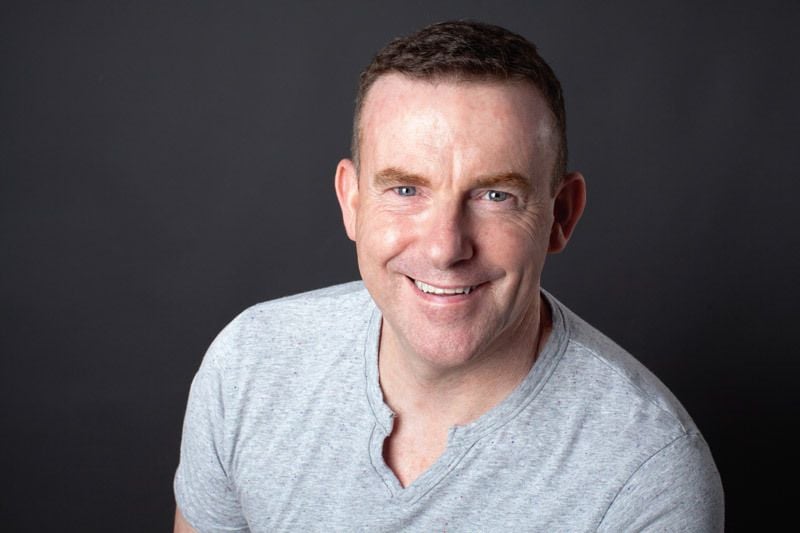How to Write and Publish Your Book #4
Choosing the right editor for your book
There are some important factors to consider when choosing an editor. You wouldn’t employ an electrical engineer to change the light fitting in your bathroom, nor would you use a brain surgeon to fix your teeth. The same principle applies to editing. You wouldn’t choose an editor who specialises in academic work to edit a book written for young children or vice versa. So, choose your editor by determining their speciality or genre and by reviewing their qualifications and references.
The next consideration is cost. Editors can charge using per page or per hour rates. Personally, I dislike per hour rates for two reasons. Firstly, unless the editor contracts for a specific amount of hours, you have no idea how much the edit will cost until it is finished. This could result in a pricey surprise at the end. Secondly, you have no way of knowing how much time is actually spent in editing your manuscript. I prefer per page rates because the editor can supply you with an accurate quote before you commit. Some editors will ask to see a sample of your manuscript, usually to determine the draft stage, and will provide an approximation of cost. No matter whether an editor charges by the hour or the page, you need to approach the cost of your edit as a business decision, taking your budget and your contractual rights into consideration.
Once the editor receives your manuscript they will begin the edit process by reading through your text, making notes, and using the Track Changes feature, which allows for changes, as well as editorial questions and comments. Your manuscript is then returned to you with editor comments displayed in the right-hand margin. Deletions will appear within the right-hand margin and insertions will usually appear in red within the text. A good editor will read your manuscript with a critically trained eye, quickly picking up your writing strengths as well as your areas of weakness.
Now, it’s up to you to work through the editor's corrections and suggestions as you see fit.
Be Strong . . .
If you happen to believe that your book is above criticism, then don't submit it to an editor and instead just sit tight on your pedestal, telling yourself how good your book is – over and over again. However, if you truly want your work to be the best it can be, check the thickness of your skin, take a deep breath, and dive into a professional edit.
“Whenever you feel an impulse to perpetrate a piece of exceptionally fine writing, obey it – whole-heartedly – and delete it before sending your manuscripts to press. Murder your darlings.”
This is a quote from renowned critic, scholar, and educational reformer, Sir Arthur Quiller-Couch in his 1916 book, On the Art of Writing. The phrase ‘Murder your darlings' expressed the need for writers to be strong and delete passages that may have personal significance, but little or no relevance to the story.
Sometimes all it takes is a fresh pair of unbiased and experienced eyes to point out those things that aren’t quite right or that you missed in all your self-editing efforts. You will thank your editor later.
Having said all this, however, the book is still your baby – you don’t have to agree with all the suggestions your editor makes. The areas that are closest to you, the writer, are those that others, including the editor, may not understand. If you feel this is the case, after reviewing your edited manuscript, it is a good idea to step back and give the editor’s suggestions some thought. If you decide there are certain parts you definitely want to keep, then consider rewriting them in a way that uses the editor's suggestions to make them clearer to the reader. Compromise is good.
Proofreading
After your edit you probably made extensive changes to your manuscript – from rewriting large and small sections to adding researched information to switching sentences, paragraphs, or even character attributes. Any changes you made will need to be reviewed by your editor, because try as you might, you won’t see all the typos or the stray fragments of the sentences you deleted. Your editor's final proofread will ensure your work is error-free and polished.
Once your manuscript returns from being proof read, your professional edit is complete and you may rest assured that your story is as good as it can be. (Third rule of edit club: once your book is complete, don’t read it again. Move on!)
All in all, self-editing, a professional edit, and a proofread are very important – if not essential – steps in making your book stand out from the millions of unedited books by unprofessional, self-published authors now flooding the market.
Your book deserves to be one in a million. . .doesn't it?
Next time, your book is finally ready for publishing. What now?
Until then, write on. . .
| Tags:Andy McDermott / Director |
Post comment

) Author:
Author:
